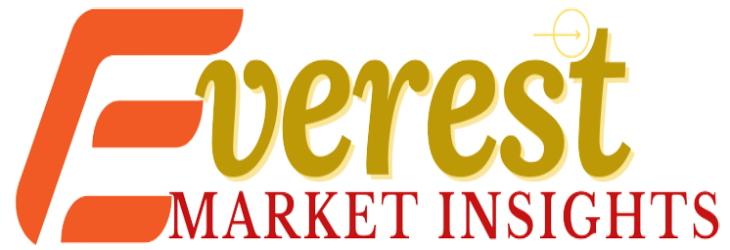Personalized medicine is a rapidly growing field that aims to provide tailored medical treatments to individual patients based on their genetic and molecular characteristics. The use of automated cell counters is essential in this field to analyze cells and provide accurate information for the diagnosis, treatment, and monitoring of patients. In this article, we will explore the role of automated cell counters in personalized medicine, market potential, and opportunities.
Automated Cell Counters in Personalized Medicine
Automated cell counters are used in personalized medicine to provide accurate and reliable information for the diagnosis, treatment, and monitoring of patients. For example, in cancer treatment, automated cell counters are used to analyze tumor cells to determine the optimal treatment plan based on the patient’s specific genetic profile. They are also used to monitor the effectiveness of treatment and to identify potential drug resistance.
In addition, automated cell counters are used in stem cell therapy, where the number and viability of cells are critical for successful treatment. Automated cell counters are used to determine the number of stem cells present in a sample and to assess their viability, ensuring that the optimal number of cells is used for treatment.
Market Potential in the Automated Cell Counters Market
The global automated cell counter market size is expected to reach $705.5 million by 2028, growing at a compound annual growth rate (CAGR) of 8.1% from 2021 to 2028. The increasing demand for personalized medicine is expected to be a significant factor driving market growth.
North America is expected to dominate the market, with the United States being the largest market due to the presence of key players in the region, such as Thermo Fisher Scientific, Inc., Beckman Coulter, Inc., and Bio-Rad Laboratories, Inc. Europe is also expected to be a significant market, driven by the increasing demand for personalized medicine and cell-based therapies.
Opportunities in the Automated Cell Counters Market
The use of automated cell counters in personalized medicine provides several opportunities for growth in the market. For example, the increasing demand for cell-based therapies, such as stem cell therapy, creates new opportunities for automated cell counters in the market. The accurate and reliable counting and analysis of cells are essential for the success of these therapies, and automated cell counters provide a fast and efficient way to obtain this information.
In addition, the increasing use of liquid biopsy for cancer diagnosis and monitoring provides another opportunity for automated cell counters in the market. Liquid biopsy involves the analysis of tumor cells in the patient’s blood, which can provide valuable information about the patient’s condition and response to treatment. Automated cell counters can be used to analyze the tumor cells in the blood, providing accurate and reliable information for diagnosis and monitoring.
Furthermore, the adoption of new technologies such as artificial intelligence and machine learning algorithms is expected to drive growth in the industry. These technologies can be used to analyze large amounts of data quickly and accurately, improving the efficiency and accuracy of personalized medicine.
Challenges and Limitations in the Automated Cell Counters Market
Despite the opportunities for growth in the market, there are also challenges and limitations to be addressed. One challenge is the high cost of automated cell counters, which can be a barrier to adoption in smaller research laboratories and clinics.
Another challenge is the need for specialized training to operate and maintain automated cell counters. This can be a limitation for some laboratories, as there may be a shortage of skilled personnel with the necessary expertise.
There are also limitations to the accuracy and precision of automated cell counters, which can be affected by various factors, such as cell size, shape, and morphology. As such, manual verification and confirmation of cell counts may still be necessary in some cases.
Disclaimer: The views, suggestions, and opinions expressed here are the sole responsibility of the experts. No Everest Market Insights journalist was involved in the writing and production of this article.
